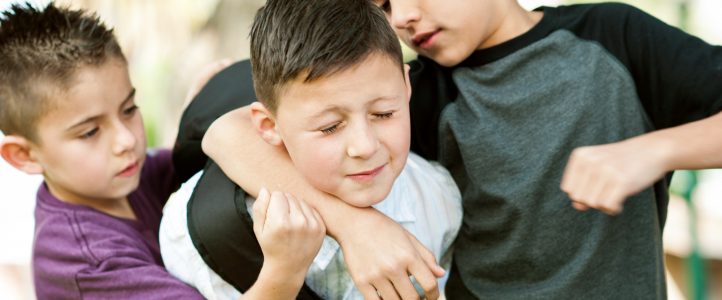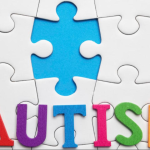Aggressive behaviors at school are among the most concerning challenges for both parents and teachers. When a child is observed hitting, yelling, threatening, or bullying peers, many questions arise: Is this normal? What causes it? And how can we intervene effectively without negatively impacting the child’s emotional well-being?
In this article, we explore the causes of school-related aggression in children and the best educational approaches to address it.
First: What Is Aggression in Children at School?
Aggression is a recurring behavior characterized by causing physical or emotional harm to others. It can take various forms, such as:
- Hitting or pushing
- Insults and yelling
- Bullying or threatening
- Damaging others’ property

Second: What Are the Causes of This Behavior?
1. Family Environment Issues
Ongoing parental conflicts or using violence as a form of discipline may be directly reflected in the child’s school behavior.
2. Poor Social Skills
Some children struggle to express their emotions or ask for what they need in appropriate ways, leading them to resort to aggression.
3. Jealousy or Low Self-Esteem
A child who feels unappreciated or overly competitive may try to assert themselves through force.
4. Imitation or Exposure to Violent Content
Violent movies or video games can significantly influence and reinforce such behavior.
5. Behavioral or Developmental Disorders
In some cases, aggression can be a symptom of conditions such as ADHD (Attention-Deficit/Hyperactivity Disorder) or ODD (Oppositional Defiant Disorder).

Third: How to Handle an Aggressive Child at School?
1. Stay Calm and Avoid Escalation
Yelling or harsh punishment can worsen aggressive behavior. It’s better to address the behavior calmly, without labeling the child.
2. Talk to the Child to Understand the Cause
Ask gently: “What made you angry? Why did you hit?” Sometimes, just feeling understood is enough to defuse the situation.
3. Teach Alternative Behaviors
Train the child to express themselves with words like: “I’m upset because you took my pencil,” instead of hitting. Teach them problem-solving skills.
4. Reinforce Positive Behavior
Praise the child when they act kindly toward peers or seek help appropriately. This increases the likelihood of repeated good behavior.
5. Collaborate Between Home and School
Parents and teachers should work together, involving the school counselor or psychologist if necessary.
6. Seek Professional Evaluation if Needed
If aggressive behavior is excessive or affects relationships and academic performance, consult a child behavior or mental health specialist.
Conclusion
A child’s aggression is not necessarily a sign of being “bad,” but often a call for help or an expression of unmet needs. With understanding, dialogue, and proper guidance, this behavior can become an opportunity to build a strong, balanced personality.
Latest Articles
How Can I Reduce My Child’s Screen Time? A Practical Guide to Limiting TV, Phones, and Tablets
In today’s digital age, screens have become an inseparable part... More
Published on: May 13, 2025
Why Does My Child Grind Their Teeth? Causes and Treatment
Some parents may notice their child making a grinding or... More
Published on: May 13, 2025
10 Tips for Raising a Strong, Confident, and Leadership-Oriented Child | With Practical Examples
Do You Dream of Seeing Your Child Confident, Responsible, and... More
Published on: May 13, 2025
My Child Keeps Pulling My Hand: What’s the Reason and How to Address It?
One of the behaviors parents may notice in their children... More
Published on: May 13, 2025
Related News
The Knowledge Center provides the latest health insights to improve quality of life







